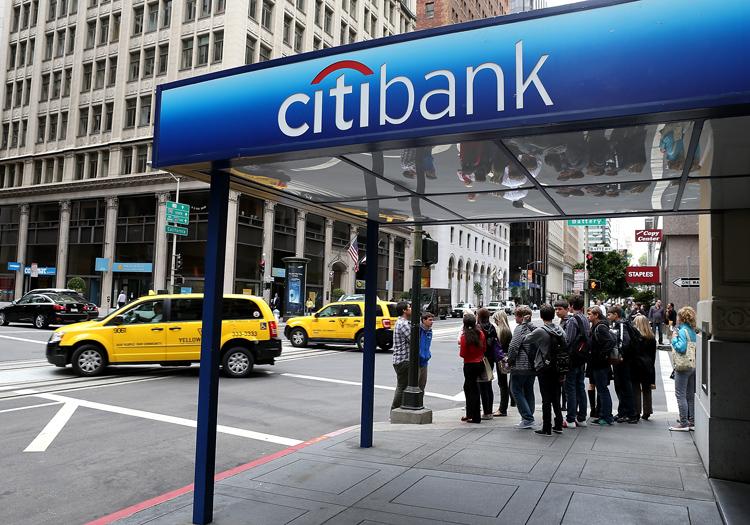Commentary
The New York Community Bank (NYCB) crisis recalls the banking crisis of last March. Similar to what happened last year, crises always emerge suddenly, without clear symptoms beforehand. At the end of January 2023, NYCB’s stock price plummeted by over 30 percent in a day and continued to drop to 30 percent in a few days afterward. We cannot easily claim the U.S. market is inefficient (in terms of information flow), but the iron fact is almost nobody is aware of a crisis of this kind until the collapse takes place. This seems to be the intrinsic nature of a crisis.





